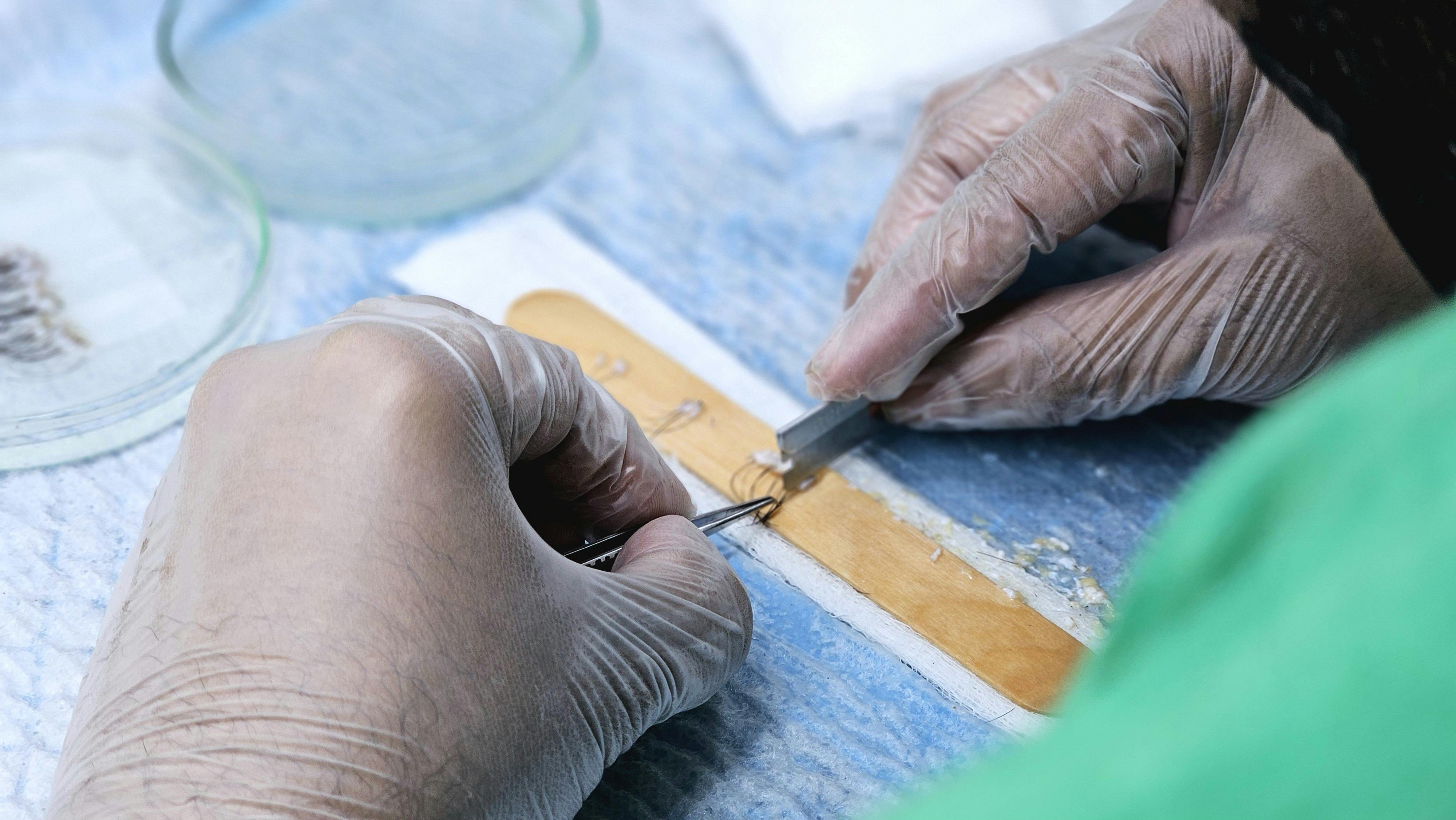Understanding Hair Transplantation: A Comprehensive Guide
Hair transplantation has become a ubiquitous solution for people suffering from hair loss, a condition that affects millions of individuals worldwide. The procedure, which involves grafting hair follicles from one part of the body to the scalp, offers a permanent and natural-looking solution to thinning hair or baldness. This article will delve into the historical context, current relevance, trends, and the overall impact of hair transplantation.

The Historical Context of Hair Transplantation
The first recorded hair transplantation procedure took place in Japan in the late 1930s, led by Dr. Okuda. He used small grafts similar to the ones used in modern procedures to restore hair to areas of the scalp that had been damaged by trauma. However, it wasn’t until the 1950s that New York dermatologist Dr. Norman Orentreich began to popularize the procedure. His work, which demonstrated that hair could be successfully transplanted from one area of the body to another, laid the foundation for the hair transplantation procedures we see today.
The Science Behind Hair Transplantation
Hair transplantation is based on the principle of “donor dominance,” a concept first introduced by Dr. Orentreich. Essentially, this means that the characteristics of hair follicles are determined by their original location, not their new location. As such, hair follicles taken from the back of the head, where hair is typically more resistant to balding, will retain this characteristic when transplanted to the top of the head.
The procedure involves removing hair follicles from the “donor area” (usually the back of the head) and transplanting them into the “recipient area” (the balding or thinning part of the scalp). With today’s advanced techniques, surgeons can transplant hundreds or even thousands of follicles in a single session, leading to natural-looking results.
The Evolution of Hair Transplant Techniques
Over time, hair transplantation techniques have evolved significantly. The earliest procedures involved large plugs, which led to an unnatural, “doll-like” appearance. As technology and surgical techniques improved, these plugs were replaced by mini and micro-grafts, which provided a more natural look.
The two primary methods used today are Follicular Unit Transplantation (FUT) and Follicular Unit Extraction (FUE). FUT involves removing a strip of scalp from the donor area and dissecting it into individual follicular units, which are then transplanted into the recipient area. FUE, on the other hand, involves removing individual follicular units directly from the donor area and transplanting them into the recipient area. Both methods have their pros and cons, and the choice between them often depends on the patient’s individual circumstances and preferences.
Current Relevance and Trends in Hair Transplantation
Hair transplantation has witnessed significant growth in recent years, driven by an increasing awareness of the procedure and advancements in technology. According to a report by Grand View Research, the global hair transplant market size was valued at USD 5.9 billion in 2018 and is expected to expand at a compound annual growth rate (CAGR) of 22.1% from 2019 to 2025.
One prominent trend in the field is the growing popularity of FUE over FUT. This is likely due to the fact that FUE leaves no linear scar and has a shorter recovery period. Moreover, technological advancements, such as the use of robotic systems for follicle extraction, are making the procedure more efficient and less invasive.
The Impact of Hair Transplantation
The impact of hair transplantation extends beyond mere aesthetics. For many individuals, hair loss can lead to a loss of self-esteem and confidence. By providing a permanent solution to hair loss, hair transplantation can significantly improve an individual’s quality of life and mental well-being.
Despite the benefits, it is important to note that hair transplantation is a medical procedure that carries potential risks and complications. These can include infection, scarring, and unnatural-looking results if the procedure is not performed correctly. Therefore, it is crucial to choose a qualified and experienced surgeon to ensure the best possible outcome.
In conclusion, hair transplantation has come a long way since its inception in the 1930s. Today, it is a widely accepted and increasingly popular method for treating hair loss. With ongoing technological advancements and increasing awareness, the future of hair transplantation looks promising. However, as with any medical procedure, it is important to be well-informed and to carefully consider the potential risks and benefits before deciding to proceed.




